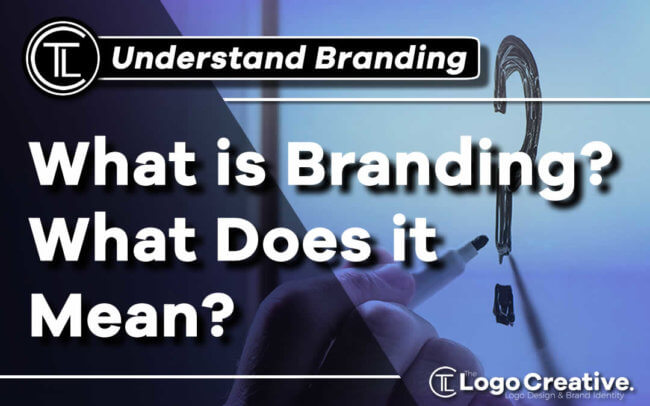What is Branding? What Does It Mean? I get asked this quite a lot, in fact more than a handful of times a week by both fellow creative and clients. In this article I will give you my take on What is Branding? What Does It Mean?
I love answering people’s questions and seeing their faces when I have explained something and they have a clearer understanding of something they were unsure about it’s a great feeling of helping those people.
As it’s a question I am asked quite frequently I decided to write something down in detail I can refer people to after a brief explanation. (I know there are quite a few clients subscribed who would appreciate this!)

So what is branding? Branding is a term that’s so misunderstood, and a term that is often misused by many including professional designers.
What is Branding? It is a very common question that is asked by many of our clients and followers of our blog, so in this article we answer the question of what is Branding? What Does It Mean?
When people ask about branding in a number of different ways for example they will ask:
- What is Branding?
- What does Branding mean exactly?
- How would you define the word branding?
- Is Branding your companies identity?
- Do I really need Branding for my business or just an identity?
- What’s your take on Branding is it important?
Seriously, these are the types of questions people ask and it all stems from a lack of understanding of what branding means.
We often get enquiries from potential clients that read:
- “We need Branding for our business”
- We are looking for a branding designer to brand our business”
- “We need a branding design for our business”
- “We are looking for branding design help”
- “We are looking for a branding package including logo design, business card and letterhead to brand our business?”
- “Can you provide branding design for our business?”
The list goes on as a brand identity designer and I kind of understand what they are trying to say and what it is they are looking for, but the word Branding is used incorrectly within each question. To most people Branding is a word that is unintelligible and used incorrectly.
Design elements such as a logo design, business card, and letterhead are part of your brand identity, but only a small part of the overall branding of a business.
To further help answer the question of “What is Branding?” let’s dig a little deeper and look at it.
- What is Branding?
- Why hire a Branding Identity designer / branding specialist
- Example of powerful Branding
- How important is branding is for your business?
- Tips if you don’t have the budget to hire a branding professional
Let’s now jump into the overly complicated world of branding.
Table of Contents
What is Branding?
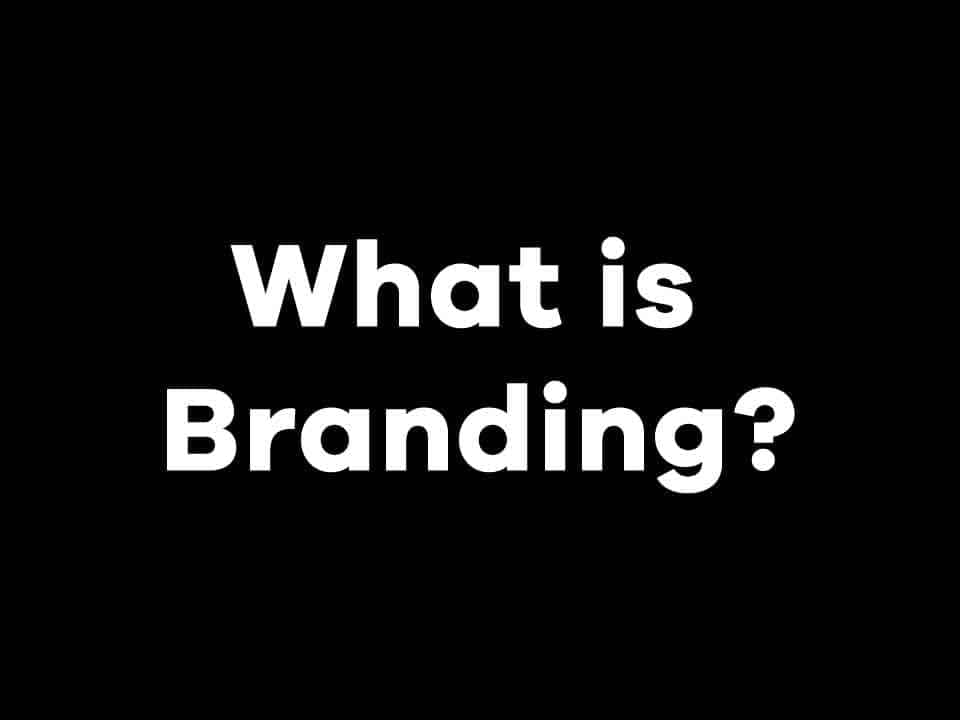
A lot of people think branding is a logo, brand message, design visuals that advertise your brand, the brand feel, and the brand experience.
Branding is not any one of those things, it’s actually all of them and a lot more!
Branding goes way beyond a few brand identity design elements, branding is a combination of all the ways you communicate with your customers and your target audience.
It’s the process of displaying your business to the consumers through your content and visual identity and all the elements that go into building your business presence create your overall branding.
It’s everything including the logo design, stationary design, livery design signage design, and digital design such as your website, online marketing such as social media content, ads, video marketing, and your tone of voice, engagement and experience.
All of these things combined make up a picture of your company branding.
Branding is simply communication. It’s what and how your business breaths and it’s your company’s personality.
A good example is Apple and most people know who Apple is as a company. So what do we know about Apple Branding?
Properly the most memorable element is the Apple logo which is the face of their brand. People are also very familiar with Apple’s products and their minimalist approach to their design including their stores and packaging design.
Apple is all about innovation in minimalistic design and simplicity in their products and everything else that surrounds them.
According to Wikipedia:
“Branding is the process of creating a relationship or a connection between a company’s product and emotional perception of the customer for the purpose of generating segregation among competition and building loyalty among customers.”
Marty Neumeier sums it up simpler with some of his quotes:
“Branding is the process of connecting good strategy with good creativity. Brand is not what you say it is. It’s what they say it is.”
Jeff Bezos the CEO of Amazon, also sums it up pretty well with his famous quote:
“Your brand is what people say about you when you’re not in the room.”
It’s a simple quote that sums up branding rather well, branding is intangible in most cases it’s a gut feeling, a perception that is formed in your mind.
So going back to when a customer asked me for a branding package for me there was no such thing.
Even when you combine visual elements of a brand such as logo, business card design, letterhead design and other various stationary design elements, you are still nowhere near touching on your business branding.
All these elements form a visual brand identity design, which is entirely different altogether.
A company’s brand identity is the visual representation of the company’s branding.
Branding is how consumers and everybody else who is involved with the company view and perceive the company as a brand.
Branding is how people connect with a business on numerous levels, and through different brand touch points.
A brand can also be described as a company, business, product, service, or an individual person who has a unique voice and personality that people connect with.
It still amazes me when I see designers who describe themselves as
- “A creator of brands”
- “Builder of Brands”
- “We build brands”
- “We create and build unique brands”
- “We are a brand building firm”
I’m sorry but no you don’t, I understand what you’re trying to say but you’re using the wrong word out of context.
Even pro designers on Adobe Creative Cloud who have done live streams creating fictitious brand identities have referred to building and designing a brand in their videos.
No! you are designing a visual brand identity, not a brand even pros don’t understand the terminology correctly, so it’s no wonder clients don’t understand it!
A designer does not build a brand, a designer’s job is to create a visual brand identity or certain elements of it.
The main goal of the branding process is to build consumer awareness and loyalty and to create a strong brand image.
A brand is created within the minds of the consumers and it’s their perceived image they form in their minds of a certain company and its products and services.
This perceived image is formed from everything a customer experiences from the companies branding / visual communication this forms a brand image in their minds.
The company then establishes credibility, trust, and over time a reputation for their company’s brand.
A company’s brand is a promise that is made to prospective customers about the services and products they offer them.
A brand’s image is how consumers perceive a company it’s what the customers say it is, and it lives within everyday interactions a company has with its prospective customers.
This includes visual representation through to the experience when engaging and interacting physically with a company.
A brand strategist can form a brand strategy for a company which will help the company build a foundation to form a brand image moving forward.
Elements That Form a Brand Strategy
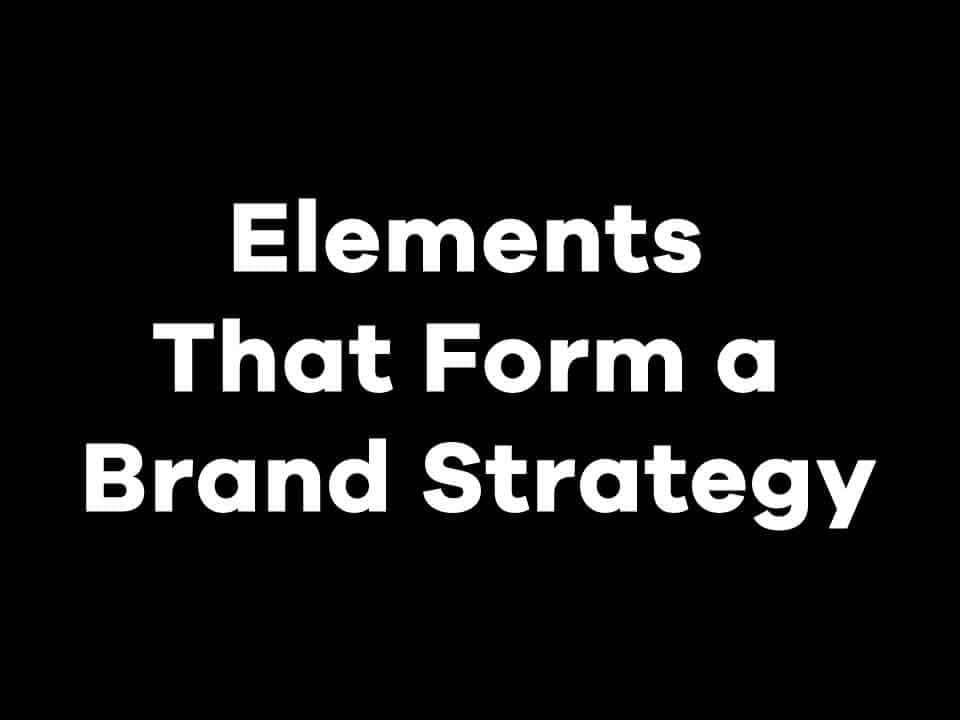
Brand Assets: These are the visual design elements that include (Logo, Typography, Colour, Patterns etc)
Brand Associations: This is anything that people associate with a brand: (Touch, Smell, Feel, Taste, Sound etc)
Brand Awareness: Consumers ability to identify a brand within its target market.
Brand Personality: The personality traits of a brand – Known as innovative, knowledgeable, trustworthy, friendly, funny, prestige, caring.
Brand Positioning: How consumers perceive it against its competitors.
Brand Promise: The brand’s unique selling position e.g. – Starbucks is
“To inspire and nurture the human spirit – one person, one cup and one neighbourhood at a time.”
Brand Values: Can we guide the company’s decisions and behaviours?
Brand Tone of Voice: How the brand speaks to its customers.
Lots of people, including designers believe that branding a company is simply designing a handful of visual elements such as:
- Logo Design
- Stationary Design
- Typography
- Colour Palette
- Patterns and gradients
These are the types of elements you will see within the brand style guide, but as you know in reality there is a lot more involved in branding.
For a company to achieve good branding a brand strategy must be formed and a brand identity must be designed.
Professional brand identity designers create visual elements that make up the visual corporate identity / brand identity of a company that shows what the company stands for and highlights the companies values and beliefs.
I wrote a detailed article on The Logo Community site explaining:
My recommended books currently on my studio bookshelf about branding and corporate identity design in no particular order:
I know it’s a long list but each one is worth reading as I have taken away a lot from each of them and applied it into my own workings.
The two videos below by Marty Neumeier and David Brier are great overviews of the definition of branding and what is branding?
Why Hire a Brand Identity Designer / Branding Specialist?
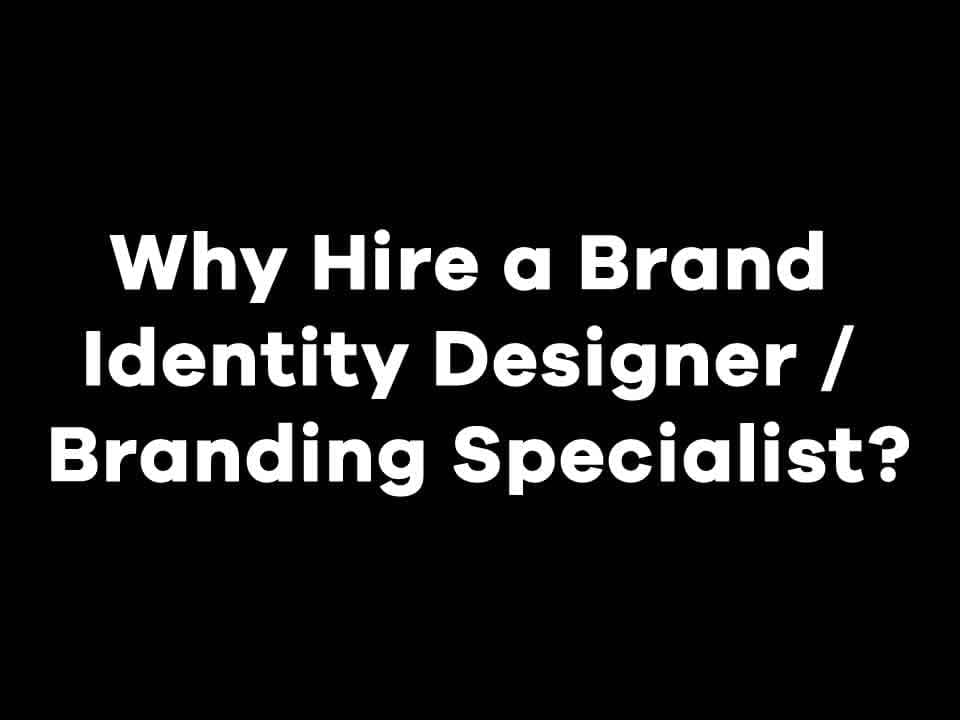
Now we understand what branding is and what it is not, let us take a look at why a company would hire a branding specialist.
A company usually approaches a brand identity designer to establish or enhance their visual brand identity / branding strategy.
By forming and building a good relationship with a branding studio the company will increase their chances of growing their business and overall brand through strategic design and strategy.
When a company wants a complete rebrand, the current brand style guide becomes redundant and will need to be created again to match the new identity design.
If you’re working with a larger established company then your studio will be expected to work within their set guidelines based around the company’s brand strategy and existing brand identity design.
A solid set of Brand Guidelines and brand identity style guides will show just how the brand’s identity should and should not be used across a variety of mediums.
The style guide will show the correct positioning and placement of the logo design, the appropriate colour palette and typography hierarchy is also detailed with the document.
A good example of a logo style guide is Starbucks one as it’s very detailed and focused on logo usage.
I also like the Uber brand guidelines / system as they have made them interactive on their website and it covers 9 elements including logo, colour, composition, iconography, illustration, motion, photography, tone of voice, and typography.
Such guidelines are there to ensure that brand identity design elements are kept consistent and coherent regardless of the device it has been visually viewed on.
Earlier we discussed what goes into a brand strategy now let’s take a look at what visual design elements goes into a brand identity design.
- Logo Design: The face of the brand and the main identifiable object that sits at the top of the entire brand identity design.
- Stationary Design: visual elements such as business cards, letterhead, envelopes, complement slips.
- Company email design: email templates, newsletter design templates etc.
- Marketing Collateral: visual elements such as a website design, app, flyers, posters, brochures, books etc.
- Apparel Design: Clothing items that are sold or worn by employees of the company.
- Livery Design: Printed designs you see on company vehicles that advertise the business.
- Retail Design: Shop and store exterior and interior signage design.
- Product Packaging Design: The design on the packaging of products.
- Television advertisements: The visual style and production of the adverts.
- Any other form of communication for the brand?
These elements all contribute to forming the company’s brand identity design, but are not part of the brand strategy.
The company’s logo design is the embodiment of the brand, it is an easily identifiable mark that consumers will resonate with and come to remember and trust as the face of a brand. Its job is to identify products and services of a brand in its simplest form.
A logo is not a brand it’s only a single element of a brand’s identity and properly the most important one, as every other element builds from to form a full brand identity design.
Example of Powerful Branding
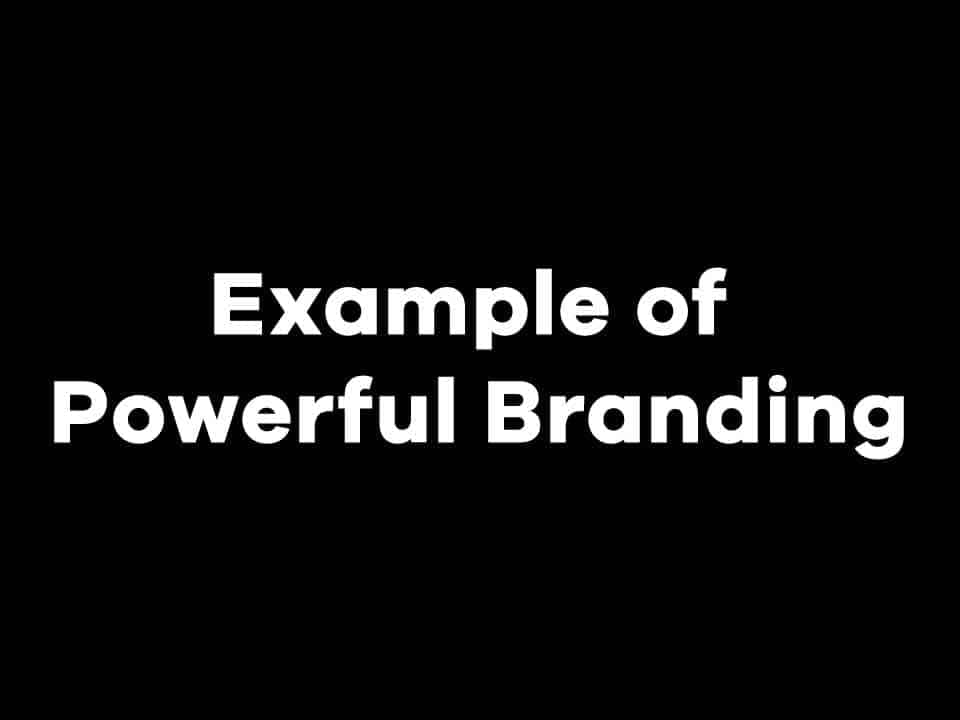
So what are good examples of good branding that you should strive for and admire as solid solutions?
I have written a good article about Example of powerful Branding that’s worth a read I won’t go into every one but let’s take a look at a couple of examples.
I’m not going to mention Apple here as it’s the usual choice and for good reasons it’s also included in the article above.
Let’s look at the two brands I mentioned earlier Starbucks and Uber.
Starbucks
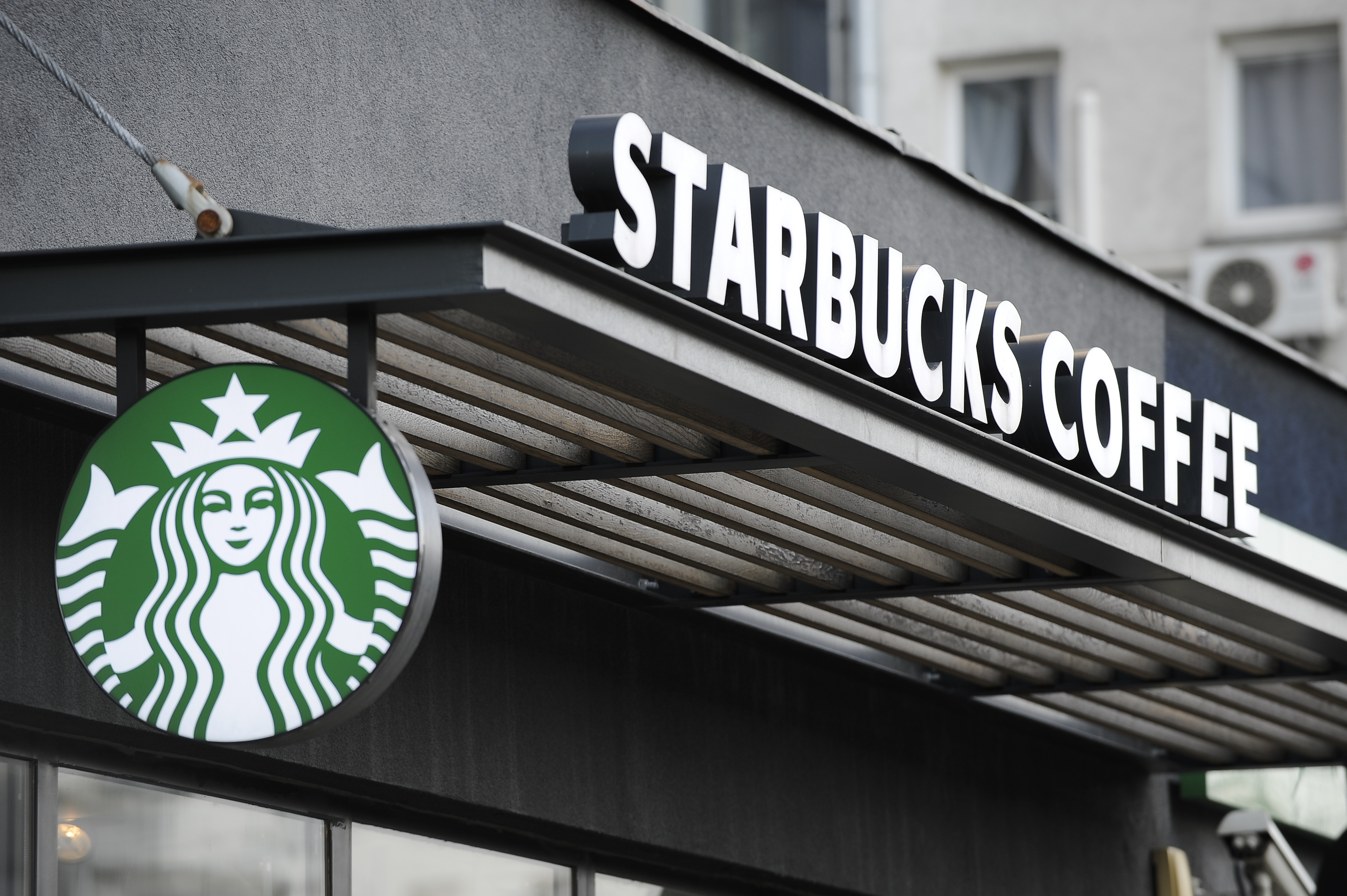
The company’s success is attributed to great customer service around coffee consumption.
They emphasise this not only with great custom-made coffee that you literally can’t experience anywhere else but they do it in providing a cozy, classy atmosphere with friendly staff and speedy service.
They paid special attention to writing your name on the cup and providing round tables so when you’re drinking alone you don’t feel out of place and lonely sat at a square table and these little details make it a special experience.
They are a key part of most every-day people bringing joy and happiness to people’s day they care about peoples experience not just their unique coffee.
They promote their brand well on social media and offer the same high-level service all around the world as a premium global brand we all love.
They also share the thoughts that we are all connected in some way.
Uber
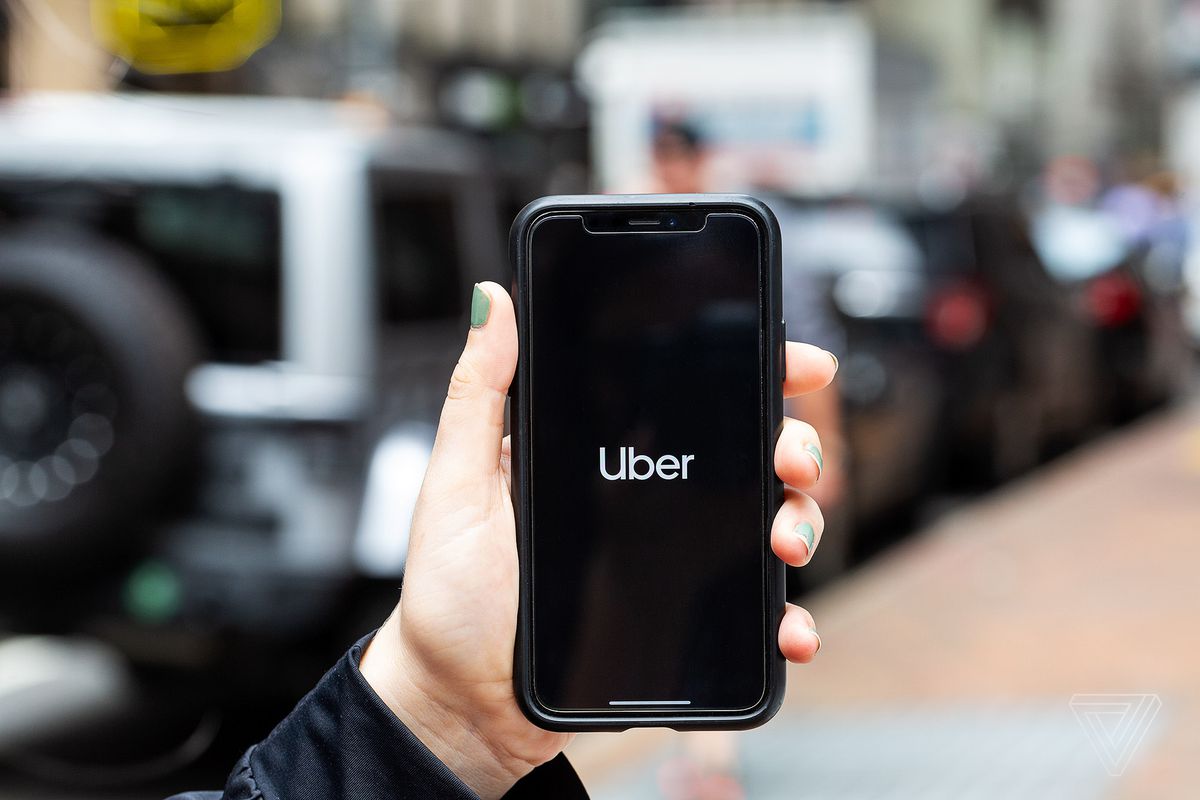
The global brand known as Uber quickly swept the market by understanding people’s transportation needs and filling the market gap between everyday taxi’s and private chauffeurs.
The company made it simple for people to find transportation quickly by creating and providing people with an app which connects people easily to a driver anywhere in the world.
By being convenient and universal worldwide they have created a great marketing strategy, knowing that people who use the service regular already have the app.
When people need a convenient means of local travel or they travel to foreign countries they will most likely use the transportation service that they are familiar with, rather than trying to find a local taxi or use public transport and they will most defiantly save money than going down the route paying a premium to hire a private chauffeur.
How Important is Branding For Your Business?
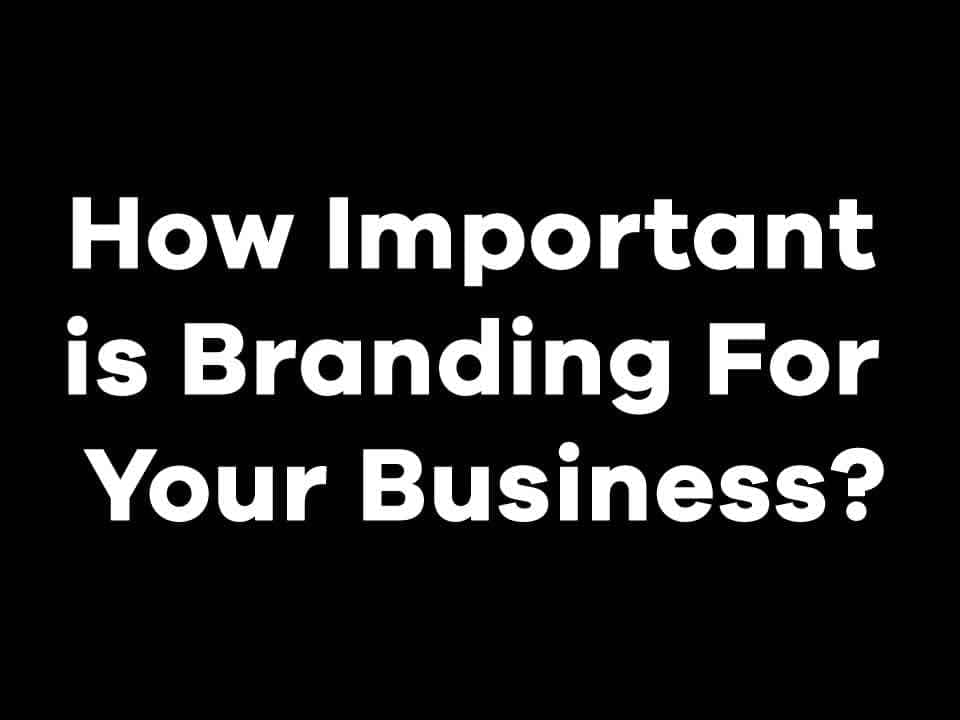
By looking at some of the biggest brands around the globe you will notice that their overall branding is not only visually appealing but is also strategically implemented into every detail.
Companies such as:
- McDonalds
- Starbucks
- Shell
- Uber
- Ikea
- Airbnb
- Zara
- L’Oréal
The list is never-ending of great companies with great brands that do well and people love, and it is no coincidence that they are all successful, great branding achieves company growth and popularity.
Branding is such a vital part of growing a business and establishing a brand that surrounds everything you do in a positive way.
A lot of start-up companies have a negative attitude when it comes to branding mainly as they view it as a cost they can do without.
The negative outlook surrounding branding pricing will cost most start-ups more money in the long run when they try and take short cuts to avoid paying the rates involved.
They think they can save money for something they believe is unnecessary or they think they can do it themselves.
Branding should always be at the forefront of your marketing strategy, and looked upon as an investment, not an expenditure to your business.
Your company’s brand identity and strategy is vital for the success of your companies growth, why would you risk trying to cut corners to save money? To make money you have to spend money so invest it wisely and hire a professional to carry out the job correctly!
Think of it like this:
“Would you fit your own electrics?” or would you hire a trained electrician to handle the task and do it by the book.
Why would you dabble with something you don’t fully understand or professionally trained to undertake?
Branding is a profession and it should be treated as such.
The companies, who invested in professional branding from the early start-up stages, go on to realise that the initial investment into professional branding has paid off in the long run.
Why do you personally use a company for a product and service what attract you to making your decision?
My guess is you look at how they are presenting themselves first and then you read the reviews to back up your initial judgement.
Invest wisely as you don’t want the face of your brand listed as an example of a logo design gone wrong!
Start with the logo as this is a solid foundation for a great brand identity design.
The logo is also the first thing a potential customer sees when being introduced to a company and those initial seconds can either gain you a customer or turn them away before they have even made contact.
You want your company to be presented professionally so hire a professional to make it look professional.
Tips If You Don’t Have The Budget To Hire a Branding Professional
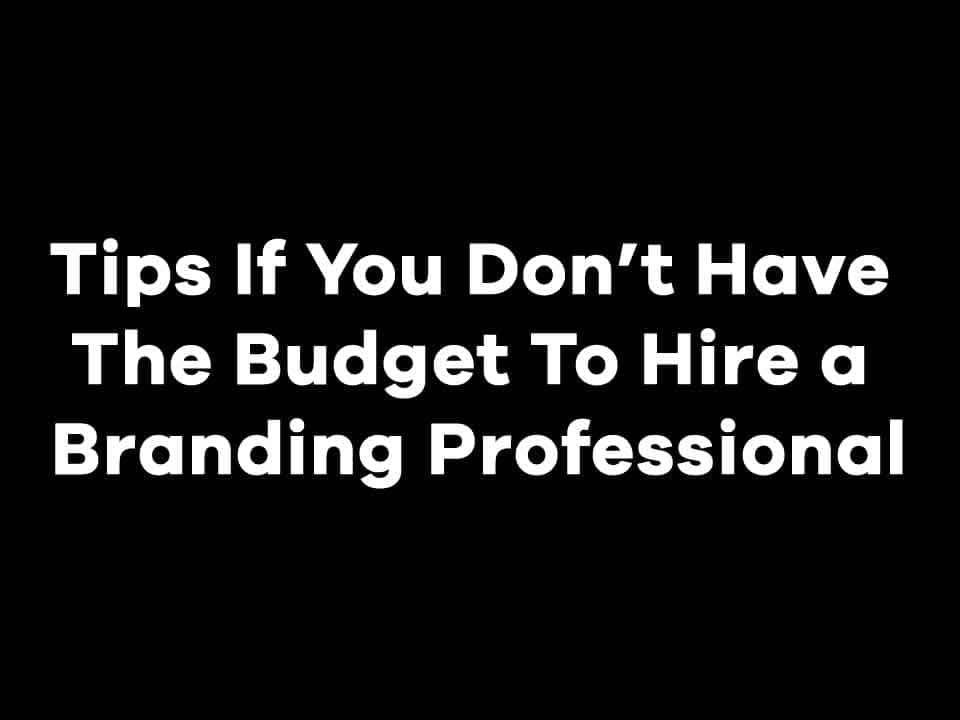
I hear you:
“I don’t have the budget to invest in professional branding”
I understand hiring a professional branding specialist can work out expensive, and I appreciate everyone has to start somewhere when you’re a start-up business.
My question is:
“Can you afford not to have professional branding?”
Think of it like this it’s all about your return of investment, if your cant invest in yourself and your own company, how can you possibly expect someone to invest in you and your company?
Let’s say you invest £10,000 in branding your company, and your company makes £100,000 as a result of your investment that initial expenditure was worth the investment.
There are some simple low cost ways of improving your brand identity and strategy and here are some questions to think about.
1. What Does Your Brand Stand For?
Think about what your brand is all about.
- What does the brand believe in?
- What do you want others to think of your brand?
The Coffee Bistro near where I live who also have other locations besides the one near me and they all look the same inside and out, is positioned in the owners mind to be a luxury coffee bistro that is reasonably priced with a decent cup of coffee. The place is struggling and is never busy and there is a reason for that.
Their logo is unprofessional and amateurish my guess is it’s a DIY job. They have made the inside look really nice and posh but the outside reflects cheap and nasty which does not match the image they have set inside.
Their branding does not really exist and it turns people away, most people don’t realise how nice it is on the inside and how decent the coffee is.
They have spent way too much money internally on fixtures and fittings, and have not invested correctly in their business image and branding.
Whereas Starbucks coffee that is further down the road and always packed their branding positions Starbucks to be a convenient luxury for coffee with an experience you know you’re going to get a better coffee and it’s going to cost more but their whole approach reflects that.
I know Starbucks has a bigger budget than The Coffee Bistro who recently closed one of its locations as I believe they are struggling, but my point is The Coffee Bistro if they had invested in good branding could have been in a better position than they are currently in.
Their ignorance of professional branding and graphic design in general is slowly costing them their businesses.
They are not bad at what they do, they just are not visually appealing to people from the outside of their bistro’s and its losing them custom.
They don’t want to spend on quality graphic design to help them appeal better visually and gain customer trust and in turn customers don’t want to spend with them because of the lack of good design that will gain their trust and entice them inside.
They are fighting a losing battle because of it!
It’s harsh to say but if they keep going the way they are, they will not have a business much longer!
2. Existing Branded Collateral
Do a brand audit of the branded materials you already have. Place them on an open floor and take a good look at them.
Ask yourself:
- Is your company logo built on brand strategy and messaging?
- Is the brand identity consistent across printed materials?
- Are the contact details correct and up to date on all the collateral? If you’re using a free email address such as Gmail, Yahoo and Sky…Stop! This is unprofessional you need a professional domain such as “yourcompanyname.com” see a hosting provider it’s fairly cost efficient.
- Are you using the same colours and typefaces across all your marketing materials? Does it look consistent?
By doing a brand audit you can easily check your brand identity and relate it to the brand strategy this way it’s a lot simpler to make decisions about your branding.
3. Is social media being used correctly?
When it comes to social media there are a wealth of options available for you to use such as Twitter, Facebook, Instagram, Pinterest, LinkedIn, Snapchat, TikTok, YouTube, medium, Reddit, Behance, Dribbble, this list goes on.
I’m not saying you have to use them all but think about:
- Is your business represented on social media?
More importantly!
- Is your brand identity design consistent across social media networks?
- Does your social media have a presence on your website?
- Look at the language you use does the tone represent your brand image?
- Do an audit of what you are sharing don’t mix business with pleasure best to have business and personal account.
Take a good look at your social media get it in order and utilise it well!
4. Does the business website drive results?
First things first do you have a website and if so does it look professional?
Your website should look consistent with the rest of your branded materials, if customers have come from your social media accounts they should know that they are on the right website the flow of the design should follow.
Your brand identity should be featured prominently across your website, this aids in brand awareness and establishes trust with the website visitors.
Take a long hard look at how you are presenting your products and services. Look at both how they are visually presented and how they are worded the brands tone of voice.
Ask your current customers for honest feedback and take it on-board for future changes and amendments to better serve your online visitors.
Ask your customers:
- How would you perceive our company based on our website design?
- Is there anything you would change about the website?
- Do you understand our company branding and the message behind it?
- If you sell products online can they make a purchase easily?
- Is it easy enough to contact us?
I’m sure there will be some good feedback and positive changes you can make from it.
There are plenty of questions you can ask them, but start with the basics first by fixing those issues first you will notice a big change moving forward.
5. What can be done to change it, do I need help?
If you are uncertain about anything we have discussed in this article then my advice is to get InTouch with a professional branding specialist to seek further advice and help.
I’m always available to answer any questions you may have in the comments below.
If you would like to work with me, I would be happy to discuss it further and see if we are a good fit for each other.
It’s always good to consult with a professional as branding is a professional service and should be carried out by a trained professional designer and strategies.
Conclusion: What is Branding?
Branding is your company’s life and soul, it’s the what, how and why, and it’s what you do, how you do it and why you do it.
- By combining all these elements with your brand identity design, and this makes up branding.
Branding is what sticks in people’s minds when they think of your company’s products and services.
It’s that moment when they are convinced to engage or not with your brand.
Branding is not all about convincing people to buy, it all comes back to the brand’s strategy and goals that have been set.
It’s about creating brand loyalty, convincing consumers to use your products and services, read your content, follow your advice, hire you to do a job. Branding is used for a lot of different things.
It’s invoking that emotional connection with consumers. Implanting that thought in their minds that you want them to think about when they think of your brand, hear your brand name or see your logo.
Branding is all about how your brand is perceived by others. Read other articles related to the area of branding.
What does branding mean to you? Share your thoughts in the comments I would love to hear from you.
Join The Logo Community
We hope you now have a clearer understanding of What is Branding? What Does It Mean?. If you would like more personal tips, advice, insights, and access to our community threads and other goodies join me in our community. You can comment directly on posts and have a discussion.
*TIP – We recommend that you learn brand strategy online with our friend and acclaimed brand strategist Fabian Geyrhalter. The course will help you learn and apply proven strategies, techniques and systems to build strategic brands.

